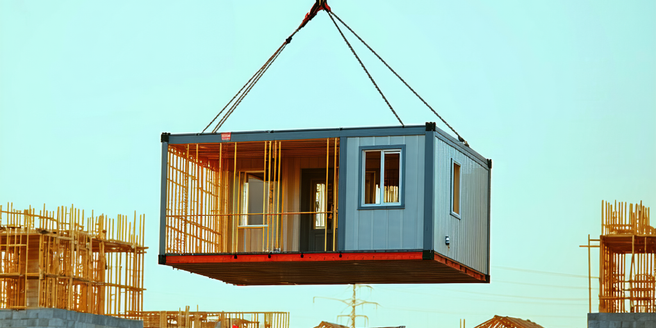Technology’s Role In Affordable Housing

Innovative Construction Techniques Driving Cost Reductions
Innovative construction techniques are becoming crucial in reducing the costs of affordable housing. Prefabrication and modular construction are leading the way, allowing for faster and more efficient building. By assembling components off-site, builders can minimize waste, lower labor expenses, and speed up project timelines. These methods not only reduce construction costs but also improve quality control, as components are manufactured in controlled environments. 3D printing is another emerging technology that holds promise for creating affordable housing solutions by reducing the material needed and customizing designs at a lower cost. Government and private sector support for these methods can further drive adoption, ultimately making housing more accessible for all.
Smart Home Technology Enhancing Affordable Living
Smart home technology can enhance affordable living by improving energy efficiency and lowering utility costs. Integrated systems like smart thermostats and lighting enable residents to automate climate control and optimize energy use, contributing to reduced monthly bills. Affordable housing developments incorporating smart sensors can monitor water and electricity consumption, identifying inefficiencies and promoting sustainable living. Furthermore, smart security features improve resident safety, enhancing the overall value of affordable housing units. As the costs of smart home devices decrease, their integration into affordable housing becomes a reality, granting low-income families access to technologies that enhance convenience and foster a better quality of life.
Role of Data Analytics in Housing Market Efficiency
Data analytics is transforming the housing market by providing unprecedented insights into trends, pricing, and demand. By leveraging large datasets, stakeholders can predict market shifts and identify emerging needs, enabling more strategic decision-making. For affordable housing, analytics can optimize resource allocation, ensuring that developments meet the demands of underserved communities. Insights from data can also streamline the approval and construction processes, reducing time and costs. Additionally, analytics enables tracking of tenant patterns and preferences, guiding future designs that better align with resident needs. As data becomes more integral to planning, efficiency in the housing market improves, potentially reducing costs and enhancing accessibility.
Sustainable Materials and Their Impact on Costs
Utilizing sustainable materials in construction can lead to significant cost savings over the lifespan of affordable housing projects. Materials such as bamboo, recycled steel, and concrete made from industrial by-products offer eco-friendly alternatives that can be produced at lower costs. These materials not only reduce environmental impact but also often require less maintenance, cutting long-term expenses for building upkeep. Implementing sustainable building practices enhances the durability and energy efficiency of structures, further contributing to cost savings. As the market for green materials grows, economies of scale could further lower costs, making the use of such materials a viable option for affordable housing developers.
The Influence of Technology on Design and Planning
Technology is reshaping the design and planning phases of affordable housing projects, making them more efficient and adaptive. Building Information Modeling (BIM) facilitates comprehensive and collaborative project planning, reducing errors and ensuring all stakeholders are aligned from the onset. Technology-driven planning can incorporate energy models and simulations, optimizing designs for better energy performance and cost management. Virtual reality tools allow stakeholders to visualize and modify spaces before construction, ensuring designs meet both aesthetic and functional needs without costly modifications later. Embracing technology in these initial stages reduces development time and costs, thereby contributing to lower overall housing expenses.
Public-Private Partnerships for Technological Advancements
Public-private partnerships are essential in driving technological advancements in affordable housing. By collaborating, these entities can combine resources and expertise to innovate and implement new technologies more effectively. Public sector involvement can provide financial incentives and support for research and development, while the private sector contributes industry knowledge and technical expertise. This synergy can accelerate the adoption of groundbreaking technologies, such as energy-efficient systems and innovative construction methods. The outcome is housing solutions that are not only affordable but also sustainable and scalable. Through these partnerships, communities can benefit from the latest technological advancements, ensuring more equitable access to affordable housing.